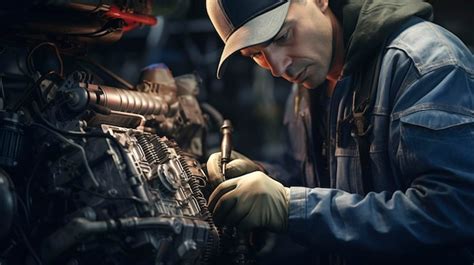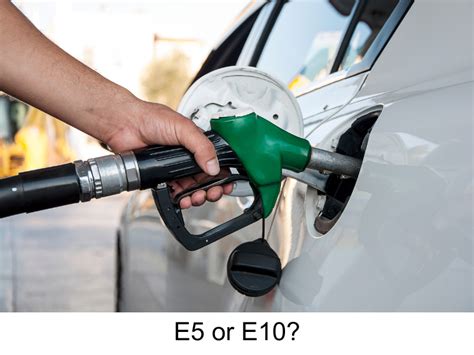Understanding E10 Fuel and Its Impact
The introduction of E10 petrol (gasoline) in many regions has raised significant concerns among owners of older vehicles. E10 fuel contains up to 10% ethanol, a biofuel component, replacing the previous E5 standard which contained up to 5% ethanol. While E10 is promoted for its environmental benefits, its higher ethanol content can pose a challenge for engines and fuel systems not originally designed to handle it.
Older engines, particularly those manufactured before the early 2000s, were often built using materials that react adversely to ethanol. This article explores the specific issues, how to identify if your vehicle is at risk, and what measures you can take to protect your classic or vintage car.
Ethanol’s Effects on Fuel Systems
Ethanol is a powerful solvent and hygroscopic (water-absorbing) substance, properties that can be detrimental to older fuel systems. Many components in classic cars were made from materials like natural rubber, cork, certain plastics, and specific metal alloys that are not resistant to ethanol.
The solvent nature of ethanol can degrade these materials, causing them to harden, crack, or dissolve over time. This can lead to fuel leaks, blockages, and component failure. Furthermore, ethanol’s ability to absorb water can introduce moisture into the fuel system, promoting rust and corrosion in metal parts of the fuel tank and lines.
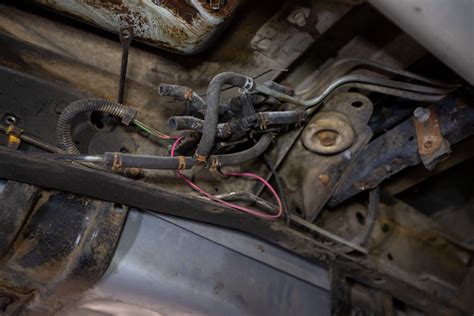
Vulnerable Components in Older Vehicles
Several key components in older vehicle fuel systems are particularly susceptible to ethanol damage:
- Fuel Lines: Original rubber fuel lines can degrade, becoming brittle or mushy, leading to leaks or blockages.
- Carburetor Components: Gaskets, seals, and floats within carburetors, often made from vulnerable materials, can swell or dissolve, causing fuel delivery issues.
- Fuel Pumps: Diaphragms and seals in mechanical fuel pumps are at risk of premature failure.
- Fuel Tanks: Rust and corrosion can accelerate in steel tanks due to ethanol’s water-absorbing properties.
- O-rings and Seals: Throughout the fuel system, non-ethanol-resistant seals can fail, causing leaks and poor performance.
The breakdown of these materials can also create deposits that clog fuel filters and injectors, further impacting engine performance and reliability.
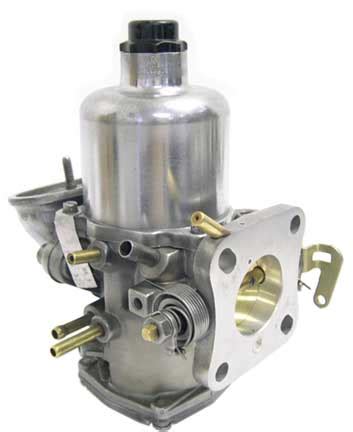
Checking Compatibility and Mitigating Risks
The first step for any owner of an older vehicle is to check its compatibility with E10 fuel. Many government websites (like gov.uk for the UK, or similar bodies in other countries) provide databases to check models. Owners’ manuals, classic car clubs, and marque specialists are also excellent resources.
If your vehicle is not deemed compatible, or if you’re uncertain, there are several precautions you can take:
- Use E5 or Ethanol-Free Fuel: Where available, opting for premium E5 (up to 5% ethanol) or entirely ethanol-free fuels is the safest choice.
- Fuel Additives: Specific fuel additives are designed to counteract the effects of ethanol, protecting components and stabilizing fuel, particularly during storage.
- Component Upgrades: Consider upgrading vulnerable fuel system components to modern ethanol-resistant alternatives (e.g., viton seals, modern fuel lines). This is a more permanent solution for frequent drivers.
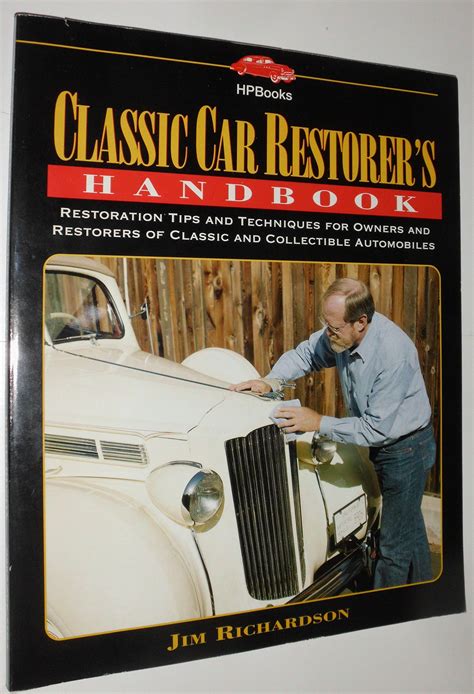
Alternatives to E10 and Long-Term Care
For vehicles definitively incompatible with E10, finding suitable fuel can be a challenge. In some regions, ‘super’ or ‘premium’ grade fuels may still be E5 or even ethanol-free, but this varies by country and brand. Always check the pump labels carefully. If E10 is your only option, using a high-quality ethanol-specific additive becomes crucial.
Beyond fuel choice, regular maintenance is key. Inspect fuel lines and connections frequently for any signs of degradation. If your vehicle is stored for extended periods, using a fuel stabilizer is highly recommended to prevent fuel degradation and water absorption, which ethanol exacerbates.
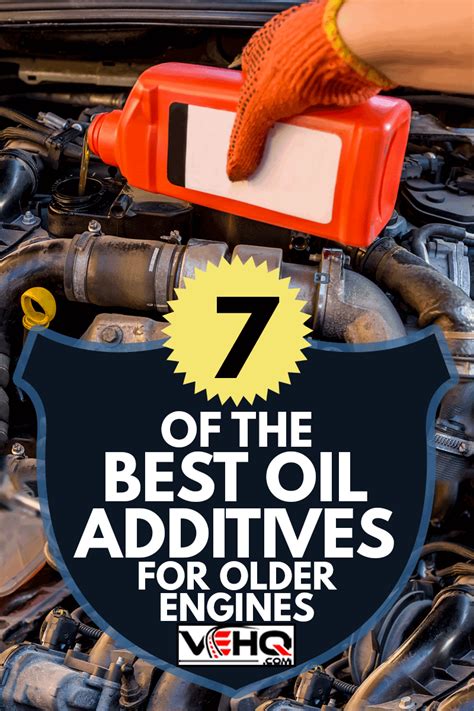
Conclusion: Proceed with Caution and Knowledge
While E10 fuel offers environmental advantages, its higher ethanol content poses real risks to the integrity and longevity of older vehicle engines. Owners of classic and vintage cars must be proactive in understanding their vehicle’s compatibility and taking necessary precautions.
Whether it’s by seeking out E5 or ethanol-free alternatives, using protective additives, or upgrading fuel system components, a knowledgeable approach is essential to ensure your cherished classic remains safe, reliable, and continues to run smoothly for years to come.
